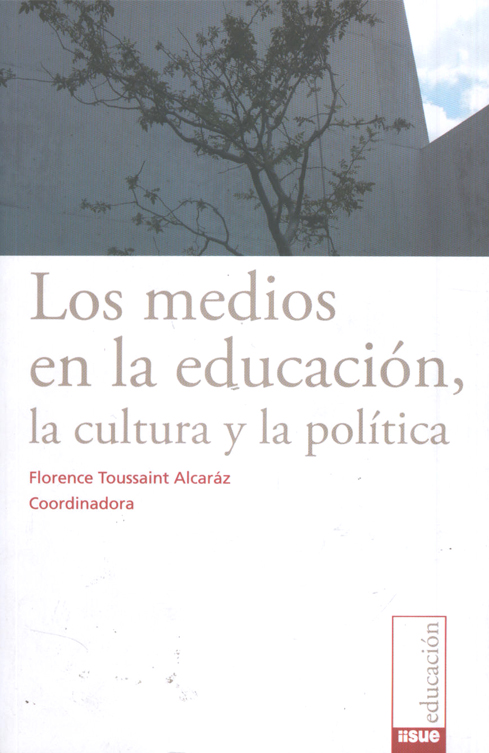Libros relacionados
 |
Medios en la Educación, la Cultura y la Política, Los. Toussaint Alcaraz, Florence (Coord) Bonilla Artigas Editores |
 |
Tvmorfosis 3. Audiencias Visuales: Consumidores en Movimiento Guillermo Orozco (Coordinador) Editorial Tintable |
 |
Jornaleros de la Pluma. La (Re)definicion del Papel del Escritor-Periodista en L Versteeg, Margot Iberoamericana Vervuert |
 |
Narrativa de la Rebelion Zapatista .-Los Relatos del Subcomandante Marcos Vanden Berghe , K. Iberoamericana Vervuert |
 |
Extensiones del Ser Humano. Funciones de la Reflexión Mediática en la Narrativa Chihaia, Matei; Schlünder, Susanne (Eds.) Iberoamericana Vervuert |


|
Título: Journalism After September 11 | |
| Autor: Zelizer, Barbie; Allan, Stuart (Eds.) | Precio: $580.00 | |
| Editorial: Routledge | Año: 2011 | |
| Tema: Periodismo, Medios de Comunicacion, Comunicacion | Edición: 2ª | |
| Sinopsis | ISBN: 9780415460156 | |
| Journalism After September 11 examines how the traumatic attacks of that day continue to transform the nature of journalism, particularly in the United States and Britain. Familiar notions of what it means to be a journalist, how best to practice journalism, and what the public can reasonably expect of journalists in the name of democracy, were shaken to their foundations.
Ten years on, however, new questions arise regarding the lasting implications of that tragic day and its aftermath. Bringing together an internationally respected collection of scholars and media commentators, Journalism After September 11 addresses topics such as: journalism and public life at a time of crisis; broadsheet and tabloid newspaper coverage of the attacks; the role of sources in shaping the news; reporting by global news media such as CNN; Western representations of Islam; current affairs broadcasting; news photography and trauma; the emotional well-being of reporters; online journalism; as well as a host of pertinent issues around news, democracy and citizenship. This second edition includes four new chapters - examining Arabic newspaper reporting of the attacks, the perceptions of television audiences, national magazine coverage of the ensuing crisis, and the media politics of `othering' - as well as revised chapters from the first edition and an updated Introduction by the co-editors. A foreword is provided by Victor Navasky and an afterword by Phillip Knightley. |
||
Librería Bonilla SA de CV © Todos los derechos reservados. 2019
Última actualización: Jul 2019




